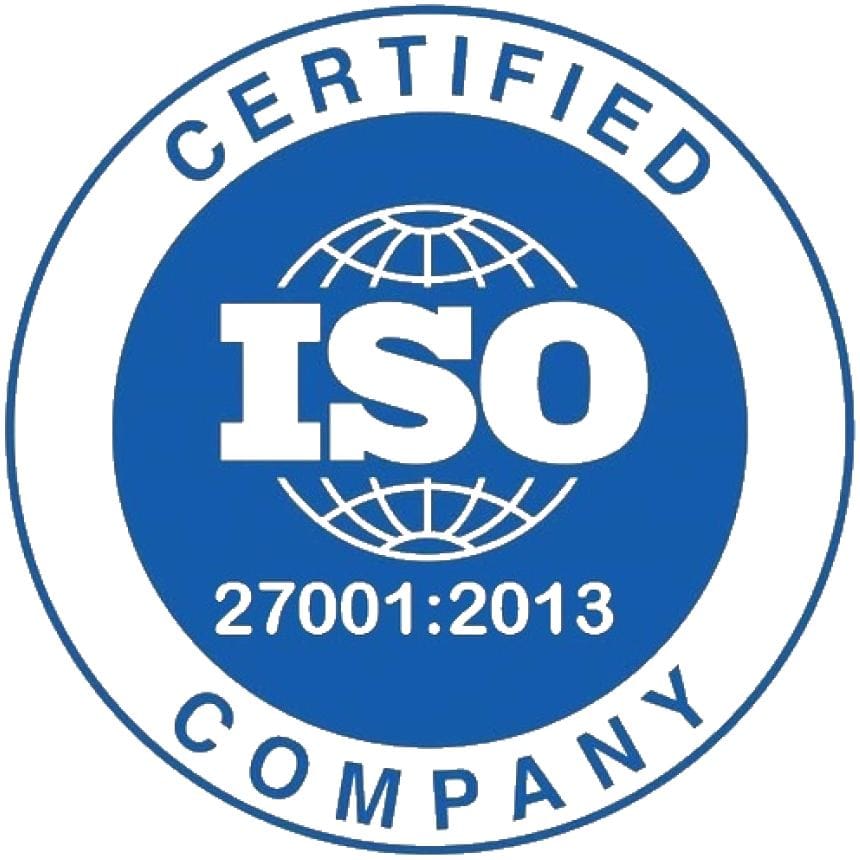Software development for startups
Launch fast, grow smart, and succeed big. Partner with Relevant, a software development company for startups, to take advantage of reliable development and accelerated time-to-market. We help you trial your concept, polish your product idea, and prepare for pitching with investor-ready solutions that perfectly convey your vision and potential.
Let's work togetherWhat we offer startups
Product development consulting
Our software development services for startups include consultation on product strategy, user experience design, and more. The Relevant team of experienced product managers, designers, and developers helps you define goals, determine core features, and align product strategy with market needs. Simply put, we take your requirements and turn them into a clear roadmap and actionable plans.

Custom software development
Have a groundbreaking idea but are not sure it’s viable and will survive in a competitive market? Turn to our startup software development company to remove doubts with the help of product idea validation services. We help you identify market demand, analyze user needs, and test assumptions so you can refine your ideas into something people truly want.

MVP development
When you select our software development services for startups for minimum viable product (MVP) development, rest assured to get a lean, impactful version of your product. Highlighting your product’s core features and value, MVP allows you to launch faster, collect user insights, and refine your product without excessive costs. Validate your idea with minimal risk.

UI/UX design and development
As your product’s design is the first thing users notice, it largely defines the product’s success. We know about the importance of UI/UX design firsthand and therefore, put a special emphasis on it within our software development for startups. Visual appeal, simplicity, and ease of use are our core principles for designing engaging interfaces.

Benefits for startups in delegating software development
Tapping into specialized industry experts
When you work with Relevant, you get access to a team of experienced professionals who know your industry inside and out. Their extensive knowledge and critical thinking will help your startup achieve exceptional results faster and with fewer roadblocks.
Accelerated time-to-market
Speed matters, especially for startups. Delegating software development to Relevant means your product gets built efficiently without cutting corners. Our proven processes and purpose-driven team help you launch sooner and benefit from early market entry.
Optimized cost efficiency
Building a top-notch product shouldn’t break the bank. Relevant lets startups save on infrastructure, recruitment, and training while accessing high-quality development services. With us, every dollar spent is invested in creating a product that’s efficient and aligned with your budget.
Access to сutting-edge technologies
Remaining relevant in software development requires constant adaptation to the latest technologies, and we meet these demands. Our specialists stay updated with the newest tools and approaches to help startups build groundbreaking products backed by AI, IoT, and other powerful technologies.
Flexible and scalable solutions
Startups grow fast, and your software has to stay relevant. We design solutions to flex with your business demands. Whether you’re scaling up or pivoting your product, we build with flexibility in mind, so your technology always supports your goals.
Reduced hiring burden
Partnership with Relevant allows you to skip the lengthy hiring process and focus on your vision. You save on recruitment, employee training, and management of teams in-house. We bring the talent, expertise, and dedication your startup needs — without the extra effort.
Why cooperate with our startup software development company?
Comprehensive in-house web services
At Relevant, you can find the skills, tools, and technical expertise you need to build quality software. We provide a full suite of web development services — design, development, QA, integration, and support — under one roof. All our specialists are in-house, no doubtful freelancers or third-party vendors to disrupt your project’s flow.
Broad technological expertise
Whatever the tech expertise you seek, you’ll definitely find it at Relevant. We have mastered over 50 technologies, including a wide range of frameworks, tools, and technologies that cater to all your tech needs. Using older but proven programming languages or AI and IoT, we can build anything you need.
Top-tier tech talents
At Relevant, we don’t settle for average. Our team is made up of industry experts carefully selected by our strict hiring process to represent the top 1% of tech talent. With our experienced developers and engineers on board, your software is built by professionals who deliver results, not just promises.
Award-winning partnerships
We’ve successfully collaborated with over 200 companies, small startups, and as large as Fortune 500 leaders, and earned a reputation as a reliable software partner for businesses of all sizes. At the moment, we have around 100+ active clients across 10 industries who value the quality we consistently deliver.
On-time, on-budget delivery
Confidence in your tech partner and their ability to meet a software development project schedule is crucial for startups. At Relevant, we guarantee timely project completion thanks to open communication and transparent processes. We keep you informed of every milestone reached and the project status at every stage.
Stable teams for long-term success
With an 80% employee retention rate, our specialists stay with your project for the long haul, ensuring consistency and saving you time on onboarding new IT experts to replace those who left the project. Due to this, we can guarantee steady progress and expertise retained on the project.
Let's build something exceptional together. Your journey starts with just one click!

Petro Diakiv
Business Development Manager

Anna Dziuba
VP of Delivery
What to Expect Next?
- Our BizDev managers will reach out within 24 hours to dive deeper into your requirements and discuss your project idea.
- If needed, we'll sign an NDA to ensure your project details are fully protected.
- Our skilled software development experts will provide tailored advice and suggest the best development path.
Success cases
Client testimonials
We needed skilled staff and no downtime, which is what they’ve delivered. Relevant Software’s flexibility with new ideas, reliability, and transparency add tremendous value to the collaboration, which is foreseen to continue.
They stayed within our budget and scope, and their deliverables met our expectations. Quality results to-date make re-engagement for further development likely. The project’s thorough discovery phase benefited Relevant Software’s successful execution.
They delivered everything they said they would. I'm very happy with them. Relevant Software established a smooth process using agile methodology, while their responsiveness and personable approach contributed to the positive experience.
We needed a flexible, reliable partner that could turn our idea into reality, one who could quickly provide a team of experts that could design and build our product and infrastructure. Meeting with some of the Relevant team in London, we were impressed by their approach.
The reason we worked with Relevant Software is that they were very proactive about getting information from us. Other companies move slowly, but these guys move fast which is what we liked about them. Before we even kicked off the project, we would go into a lot of detail. That was quite impressive for us.
We had the challenge to find a trustworthy outsourcing company that we could rely on. Previous attempts ended badly and we needed to find a company that had the skills, good communication and was fair on price. We chose Relevant Software because we felt that they understood our business needs.
Relevant Software could adjust to our needs and provide the services that we needed in a way that they became part of our group very quickly. They were dedicated to the project and made sure every stage was made visible to the client.
We were blown away by the team’s dedication and speed of work. We approached Relevant Software with the goal of creating one of the best online radio experiences in the world. I would say they have successfully achieved this goal.
FAQ
For startups, our offerings include but are not limited to:
- Technical Development Strategy and Consulting: We help you define your product vision, validate your idea, and develop a product strategy.
- Software Development: We build custom software specifically for your business needs.
- Mobile and Web Development: We create modern mobile apps for iOS and Android as well as responsive web applications.
- UI/UX Design: We build visually appealing and user-friendly interfaces that enhance user engagement.
By combining strategic approaches with efficient development practices, to be exactly:
- Rapid prototyping to validate your product idea and gather user feedback.
- Agile development methodologies to prioritize features, iterate rapidly, and deliver value incrementally.
- Continuous integration and continuous delivery (CI/CD) to reduce development time and improve software quality.
- Cloud-native development to expedite deployment and reduce infrastructure costs.
- Experienced team with a proven track record of delivering high-quality software solutions on time and within budget.
Yes, we do both and help startups:
- Identify core features and prioritize functionalities to build an MVP.
- Develop quick prototypes to validate your product idea and gather user feedback.
- Use agile methodologies to accelerate development.
- Deploy your MVP to the market and gather user insights.
- Scale your product to meet increasing demand and add new features.
We work closely with you to ensure a smooth transition from MVP to a fully-fledged product.
Like any startup software development company that values its reputation, we place special importance on the quality and security of the products we build. We use a combination of best practices and innovative approaches in our design and development processes that include:
- Code reviews
- Data encryption
- Unit and integration rigorous testing
- Security testing
- Continuous Integration and Continuous Delivery (CI/CD)
- Regular security audits, and more.
We have the resources to make scaling product development painless. We also help you traverse the difficulties that usually come with fixed-price subcontractor projects. We’re here to ensure you get the best software solutions without having to deal with bloated development costs.
Boasting an average score of 91.26%, Ukrainian software engineers have been recognized by SkillValue as one of the world’s best. Software development teams from Ukraine also scored high at HackerRank challenges, garnering an average of 88.7%. You can trust Ukrainian IT specialists to get your Node.js development done.
Do you know that we helped 200+ companies build web/mobile apps and scale dev teams?
Let's talk about your engineering needs.
Write to us











